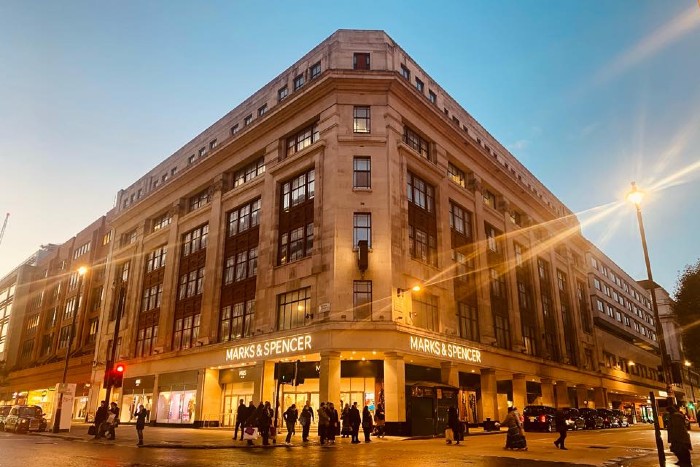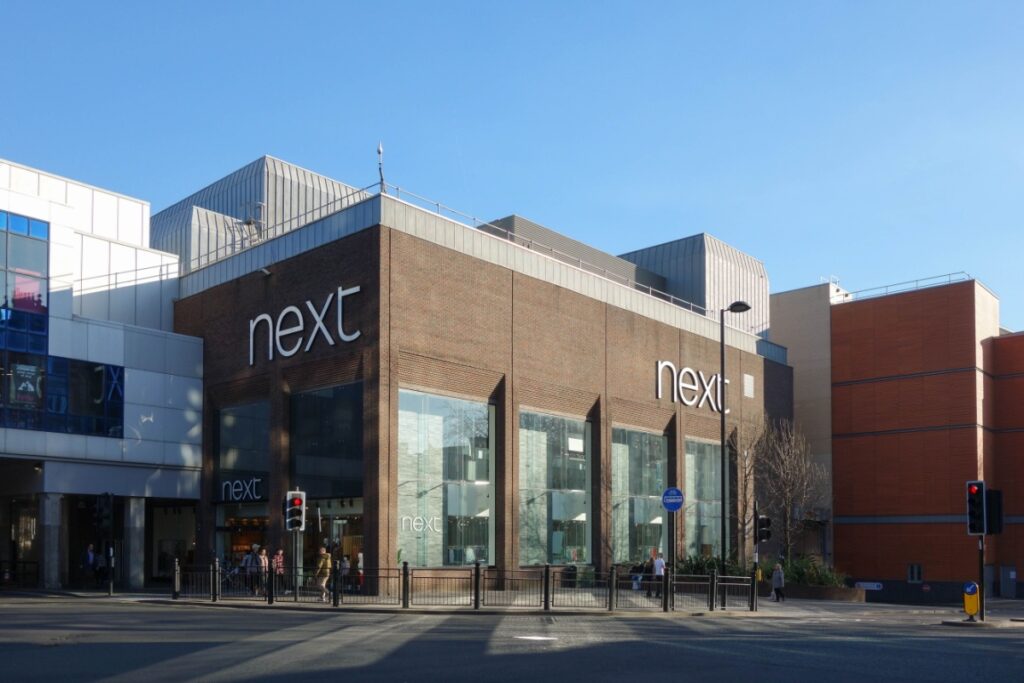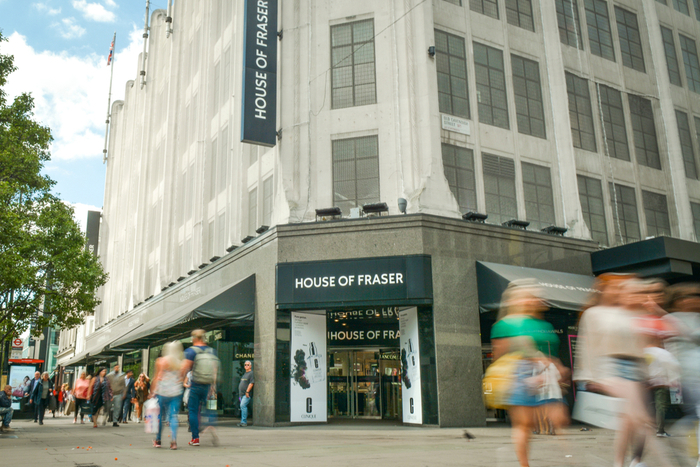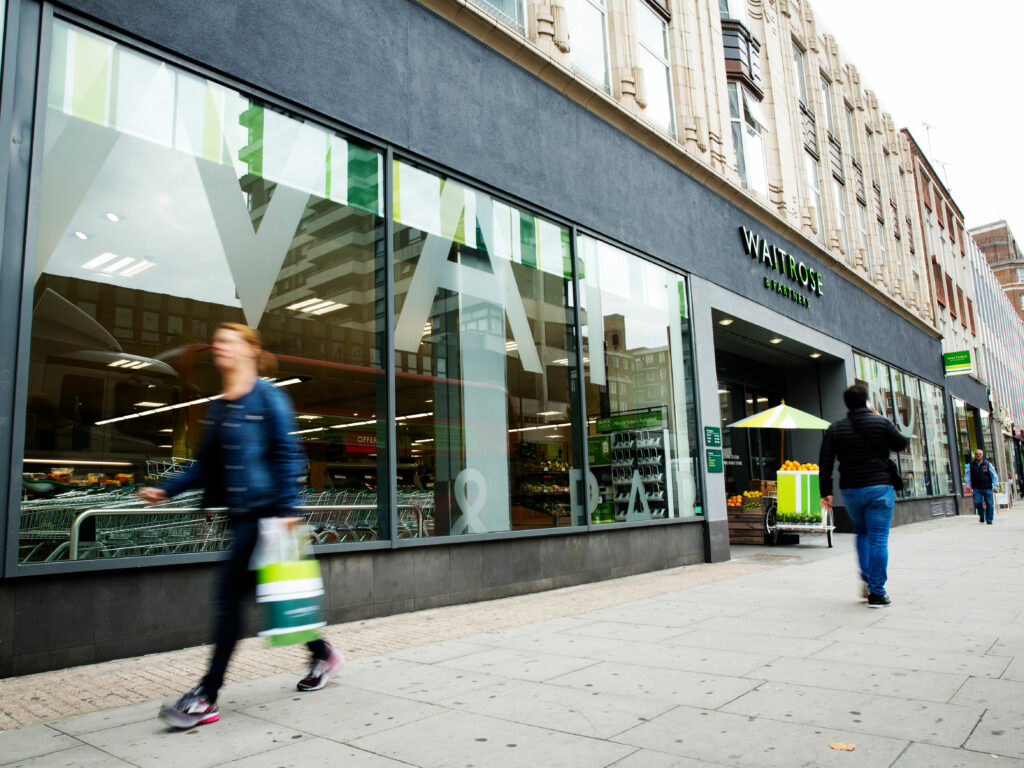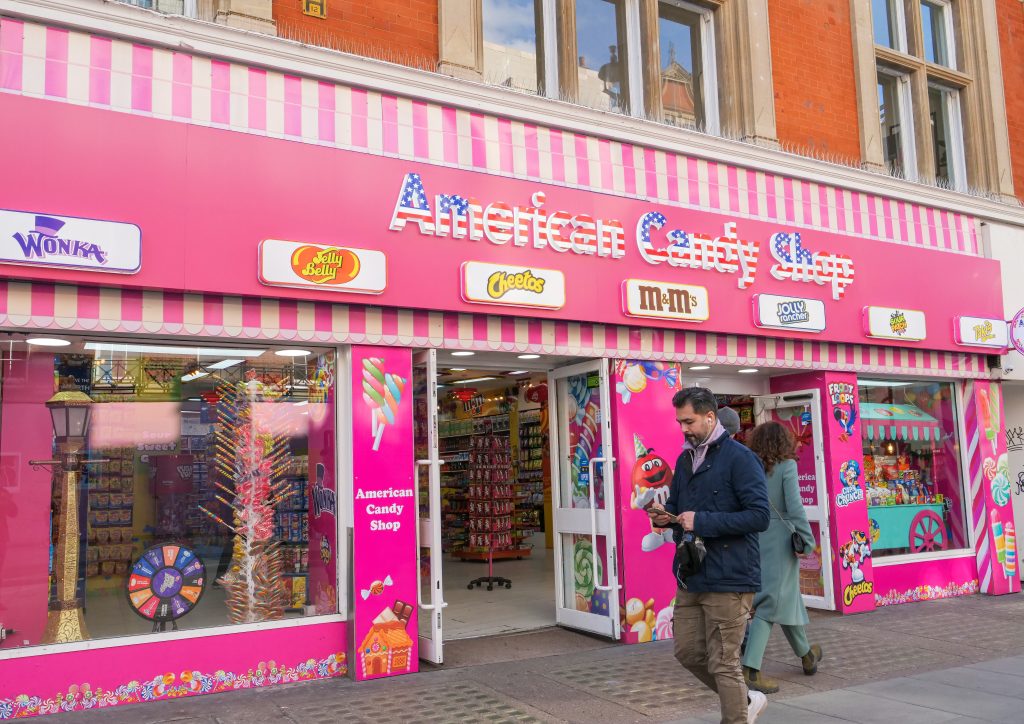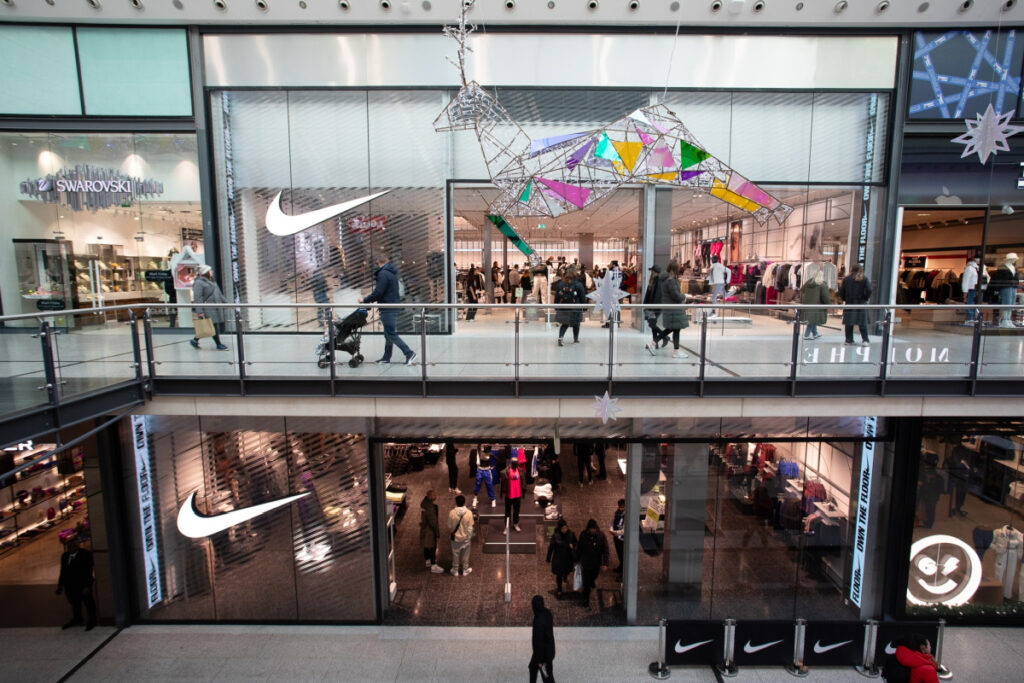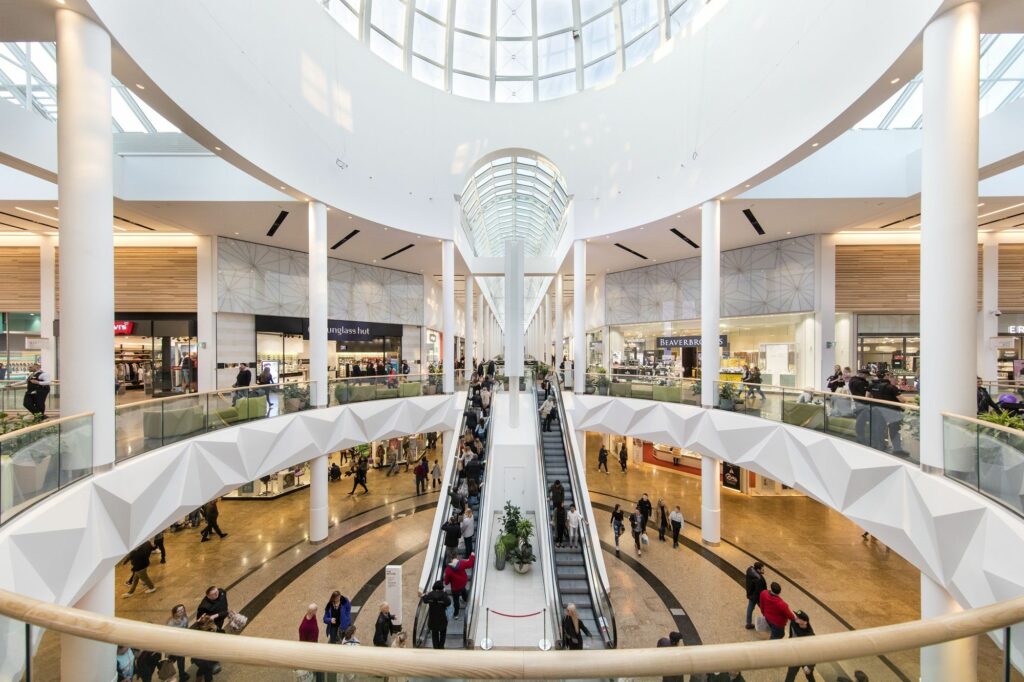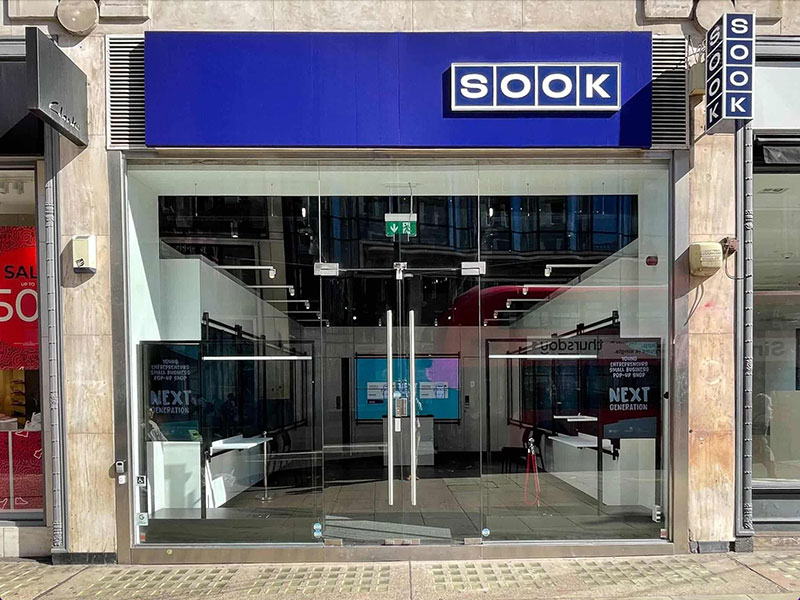The Lexicon at Bracknell is one of your retail assets. How has that scheme been performing since it opened in late 2017?
The Lexicon is performing well despite the tricky retailing headwinds, helping Bracknell to rise from 255th to 26th in the country’s retail rankings in less than three years.
Schroders incorporates Bracknell Town Centre in its entirety, giving us the ability to provide a safe, traffic-free public realm centre and various office/residential developments, which work well alongside the retail offering.
We recently launched the second phase with the refurbishment of Princess Square Shopping Centre and commenced works on The Deck, which will be a regionally dominant leisure extension. Curating the right mix of retail, leisure, dining and community has been pivotal in creating a destination with a bright future.
Notably, all retailer CVAs have had Bracknell in the top category, meaning lease terms have been unaffected, proving that Bracknell is a modern fit for purpose retailing asset with affordable rents. Equally, a number of our key tenants have reported stellar trading over Christmas 2019, with target-busting takings in a number of cases.

What are Schroder Real Estate Fund’s other well-known retail assets?
Our long term strategy is to be underweight in retail, but where we do have retail we believe in the business plan and it is either a destination or convenience produce.
Schroder UK Real Estate Fund (SREF) therefore owns Mermaid Quay in Cardiff, which the fund has held for 20 years. It is currently going through a rejuvenation with the addition of a cinema, new bars/restaurant, car parking extension and new public realm.
Meanwhile Lemon Quay in Truro successfully bridges the gap between a town centre high street asset and modern day retail warehousing floorplates, with a designated car park. Lemon Quay has arguably shifted Truro’s prime retailing from one side of the town to the other.

What gap in the UK retail market does SREF strive to address?
SREF retains assets where we believe we can execute a business plan to improve the asset and drive value. These are either dominant retail schemes in nature or are convenient – meeting a demonstrable need, and both offer consumers a positive experience.
SREF has disposed of retail assets where our business plans have been successfully concluded, allowing us to focus our strategy on investing in other assets – to futureproof them, either through refurbishments or rightsizing tenants for their modern trading platforms.
Understanding a retailer’s future needs is of utmost importance – we have moved towards collaborations with retailers and blurred the lines between traditional landlord/tenant relationships, ultimately benefiting both parties in the process.
An example of this is our successful sale of Kings Mall in Hammersmith, London. After reinvigorating the centre via the implementation of our business plan – it’s befitting that our sale of this asset to Ingka Centres will now see it become home to the first new urban destination for Ikea.
How is SREF’s business model different to its main competitors?
SREF has the ability to move quickly – dependant on the macro investment environment – through short reporting lines and dedicated retail sector specialists, which has made SREF a dynamic institutional fund with both long-term regeneration platforms and shorter-term value add assets. Understanding why retailers trade well in certain locations and then helping them grow further through physical real estate is something we pride ourselves on.
“Understanding a retailer’s future needs is of utmost importance”
How is SREF addressing some of the challenges facing shopping centre schemes?
We are repositioning the centres through investing in refurbishment works. This includes the introduction of more leisure uses, including gyms, cinemas, soft plays, crèches and restaurants.
We are also attracting larger space users through the amalgamation of units and offering car parking concessions for various times of the day. The implementation of vibrant onsite events and marketing strategies have been very important in retaining footfall and persuading the wider catchments to visit our centres.
What would you say is the biggest risk for the retail sector, given the current climate?
I believe the biggest risk is inactivity to adapt to shopping trends. Consumer habits have changed and even though I believe there is always an essential place for the physical store, a store needs to provide an experience. Retailers need to reduce their exposure where stores don’t work and landlords need to adapt their schemes to incorporate the changing requirements.
Describe your role and responsibilities.
I help lead the retail strategy and its implementation across Schroders’ UK funds, both in terms of the existing estate and future transactional opportunities.
Tell us a bit about yourself and your background beforehand.
Before joining Schroders in 2013, I was a retail investment agent acting for similar institutional investors. However, prior to that I was a lease advisory agent acting for both retailers and landlords. This exposure to both sides has given me invaluable insight into the push and pull factors for both landlords and retailers. Understanding the length and breadth of what each party can ultimately accept strengthens relationships and reduces time wastage.
What got you into retail in the first place?
“Even though I believe there is always an essential place for the physical store, a store needs to provide an experience”
I carried out work experience at various agencies across all sectors and I found retail to be the most interesting, diverse and ultimately specialist sector. I wouldn’t put myself in a shopaholic category but I’ve always enjoyed good shopping experiences. Being lucky enough to have a hand in changing the retail landscape, and seeing the positive impact on people who live and work there, is incredibly rewarding.
What is the most challenging aspect of your job?
Encouraging others to join you on a retail journey that you have the ability to envisage but which can take others longer to understand. There is only so much a CGI can achieve – the proof is in the delivery of the consumer experience. Bracknell is a key example of a dated, struggling 1960s town centre which has been transformed into a modern destination that people from across the region enjoy and are proud of. As a brownfield site, many dismissed its ability to change.
And the most rewarding?
Working on an asset from start to finish makes it all worthwhile. An initial idea hurled around a meeting room can turn into something special which can be experienced by countless others. Being able to witness these transformations is unbelievably rewarding.
What advice would you give someone who is considering embarking on a career in retail?
Travel and experience retail – it’s best to see where it works well and where it doesn’t, and then understand why. Always think outside the box and never dismiss an unconventional idea straight away. There are so many facets to the retail environment that you are sure to find an area that sparks your interest.
Any last words?
Retail continues to dominate the headlines negatively and, in some cases, for good reason. However, there is still room to be optimistic about the future of retail. New and exciting experiences will emerge and I hope to be part of some of them.
Click here to sign up to Retail Gazette‘s free daily email newsletter



